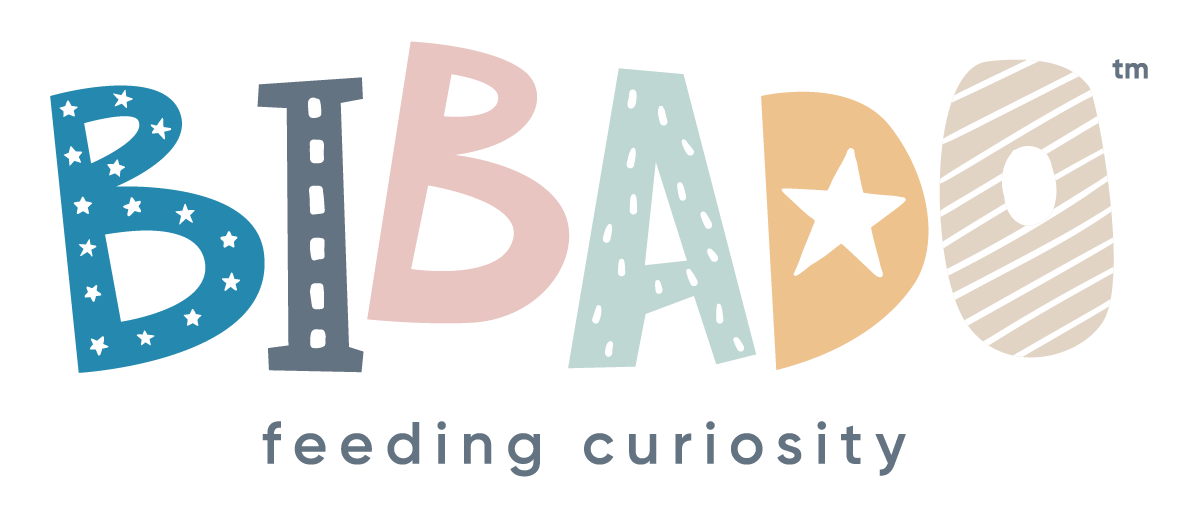Mealtime adventures are better with Bibado! Let our award-winning products make a difference to your weaning journey.
 Shop Now
Shop Now


At Bibado we know parenting can be tough, so we want to help by providing access to really useful information or expert advice to help you along the way.

The topic of sleep is one that every parent probably encounters challenges with or has questions about, so we’ve worked with sleep expert Jay Walji from ‘Sleep like a baby’ (@sleep_likeababy) to get her advice on the top 5 areas she gets asked about.
1) Wakeful Window
A wakeful window is the time from when your little one wakes up, till when they go back to sleep. It helps prevent overtiredness and under tiredness by keeping one eye on the clock, and the other eye on them. Looking for early tired signs such as staring into space, one eye rub, not interested in their favourite toy can help understand when it's a good time to put them to sleep. If we manage to find a little one's "sweet spot" for sleep, it can lead to longer sleep and help avoid nap or bedtime challenges.
For example, a wakeful window for an 8 month old could be between 3 hours and 3 hours 30 minutes. So if a little one wakes at 6am, at 9am they could be tired enough to fall asleep, but not overtired whereby they fight their nap and then once asleep sleep for no longer than 45 minutes.
2) Bedtime Challenges
When it comes to bedtime, many parents do not look forward to it, as lots of children refuse it and are hyperactive or upset during their bedtime routine. This can all be related back to the wakeful window, whereby in most cases children can be overtired by the time they are in bed. Try and look for signs as opposed to sticking to a set bedtime, (e.g. 7pm), as this encourages the body to release a hormone called cortisol, which can lead to the challenges you may be facing.
For example, if you have a 2 year old who no longer naps but has been awake since 5.30am and is very challenging at a 7pm bedtime, they are most probably running on adrenaline. This is due to cortisol being released to keep them awake as they have been awake for over 10 hours. I would highly advise to put them to bed much earlier, as early as 5.45pm. Many children who go to bed earlier, sleep after 6am due to the body not being as restless in comparison to bedtime after 7pm.
3) Short Naps/Cat naps
It is very common for little ones to have a nap for 45 minutes or less. This is because typically 1 sleep cycle tends to only last that long. So how do we increase the sleep length? There are two parts to this: 1) time of sleep and 2) how little one falls asleep.
Time of sleep can be judged by your child's wakeful window, i.e. knowing their sleep ‘sweet spot’ before the cortisol hormone kicks in, as that can make them restless whilst they sleep and wake them. Also, however your little one falls asleep, is how they then expect to fall back asleep when completing one sleep cycle to the next.
For example, if a little one is fed to sleep and then placed in the cot slowly without them knowing, when they complete the 1st sleep cycle and try to transition into the next, they wake up startled and confused. They expect the help again to fall back asleep, hence the short nap, unless you help them back to sleep.
4) Self Settling
I am a firm believer that sleep is natural and we do not "train" our children to sleep. I believe we should encourage them to link their sleep cycles independently, which can be a process and skill that many little ones need to learn. If we help them to link sleep cycles independently, then this can prevent full wakes at night and short naps, but it will need to work in sync with wakeful windows and what your little one's sleep ‘sweet spot’ is.
Self settling is helping them understand it's ok to transition into the next sleep cycle independently without needing any help. When a child of any age over 6 months accepts that, or feels safe to do that, then "sleeping through the night" is possible. No one sleeps through the night, we all complete many sleep cycles during our night sleep, but it's the fact we know how to link our cycles without any help which is key to a good night's sleep.
For example, as an adult if we fall asleep with our pillow, then wake at night during a sleep cycle transition and realise our pillow is no longer there, we will get up and look for it and be really confused as to where it's gone. It is the exact same for a child. If they fall asleep with a sleep association, which is no longer there when ready to start the next sleep cycle, they will naturally wake up.
5) Sleep environment
Where your little one falls asleep can also determine the quality of sleep, so setting up a good sleep environment can help. I understand many parents would like flexibility when it comes to babies' sleep, especially for naps, but if you have tried everything else, then your little one may need extra help by setting up a different environment.
A dark room can help prevent awake hormones from being released, especially early in the morning, as daylight can trigger wake ups before 6am. White noise helps drown out background noise and helps link sleep cycles, also having it played throughout the night as loud as a shower is most effective.
And finally, sleep bags/sacs or even sleep bags with feet for toddlers, can be a good part of a sleep routine. By incorporating them, little one knows sleep is approaching and it can break the milk association with sleep by adding in an activity between feeding and sleep. For example, bath, pyjamas, feed, sleep bag, book, then sleep time.
For anyone wanting more advice or personal recommendations, please head to Jay’s page over on Instagram @sleep_likeababy on Instagram.

Follow us for more delicious, nutritious bite-size Bibado goodness